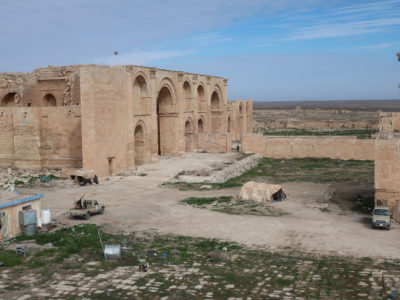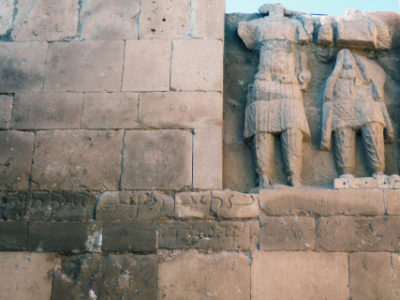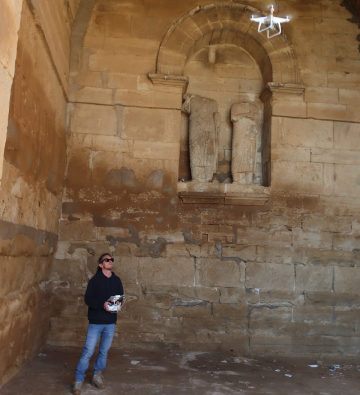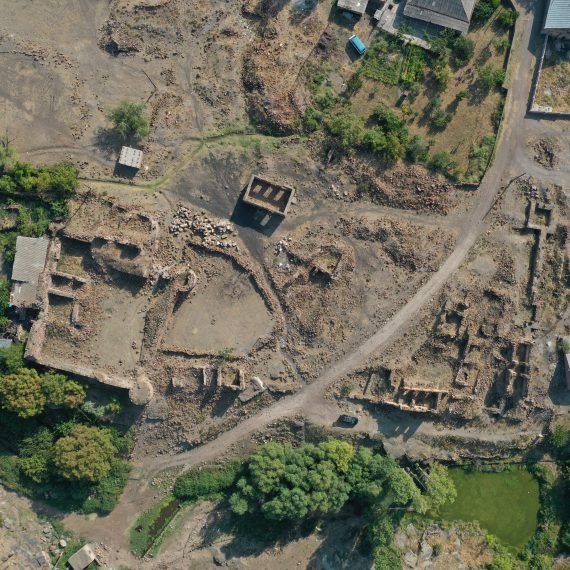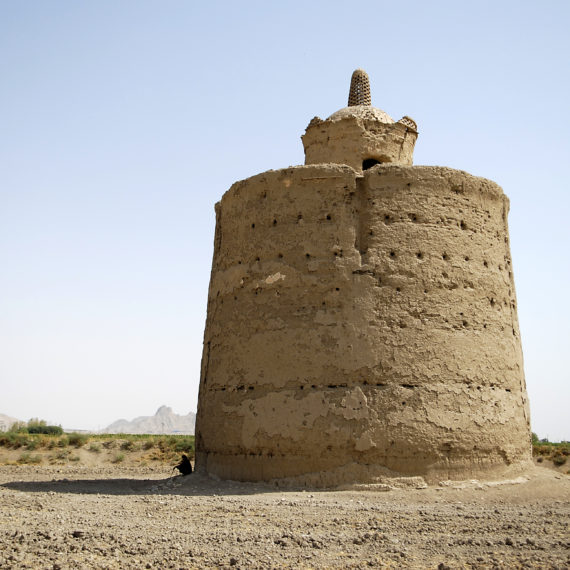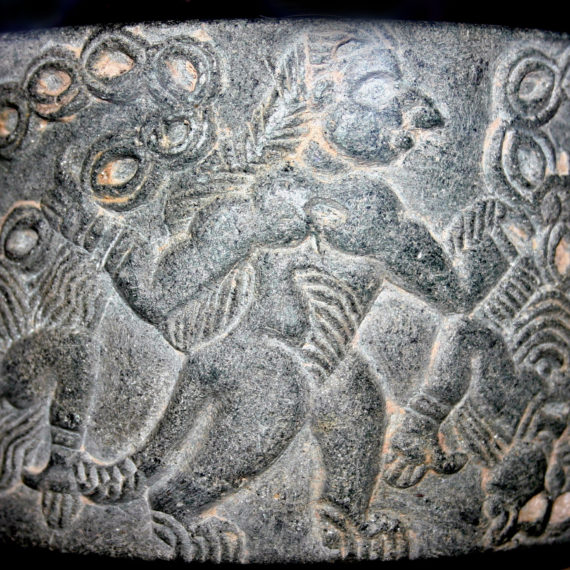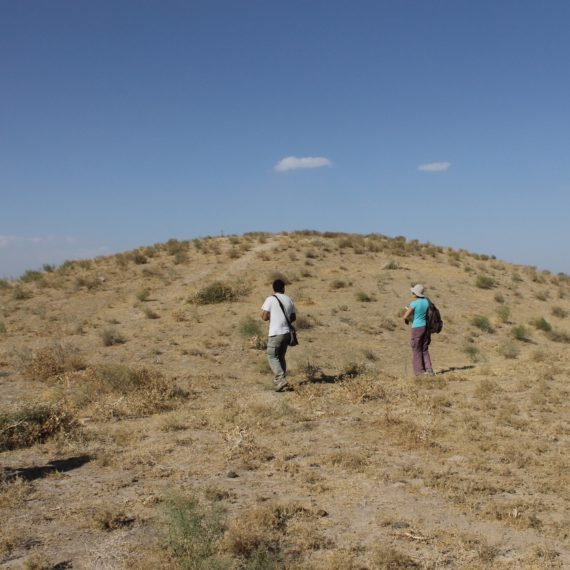The former caravan city of Hatra (northern Iraq, 100 km south of Mosul), a UNESCO World Heritage Site, was reached for the first time since its liberation from ISIS in April 2017 by an Italian-Iraqi scientific team composed of archaeologists and architects working under the aegis of ISMEO – The International Association for Mediterranean and Orientale Studies, in partnership with the State Board of Antiquities and Heritage of Iraq, the University of Padua and the University of Siena. The project was funded by ALIPH (International Alliance for the Protection of Heritage in Conflict Areas – Geneva).
In February 2020 It has been completed the detailed recording with drones of c. 7.3 km of archaeological surface of Hatra. It has been acquired the entire city at a resolution of 3.5 cm per pixel, and the inner area (within the temenos) at 1 cm per pixel. It has been realized a complete 3D model of the exteriors of the sacred buildings, as well as two interiors chosen as the most meaningful of the Great Iwans. The images that you will see for the first time are really impressive and captivating; the hope is that they will contribute to a renewed international interest about this incredible archaeological site and the need of its prompt recovery.
The expedition also completed a survey of the conservation conditions of each room of the monumental complex, mapping for each space and wall the visible damages. It has been described and classified in various categories the very aggressive decay phenomena which progressed from the 90s onwards, and listed the destructions caused by DAESH.
These last damages consist of the partial destruction of a standing larger-than-life statue, whose fragments were recovered; the destruction of the eagles and other stone sculptures of the hall of the South Iwan (room 12) (also in this case many fragments were found and brought to security); many hails of bullets’ impacts in several locations, particularly harmful in the so-called Temple of Maran or Hellenistic Temple and near the Temple of Shahiru (where a copy of the so-called statue of Avo, original in the Baghdad Museum) were also hit and shattered by machine guns; some mortar shells, one of which partially damaged the outer wall of the Temple of Shamash or Main Temple, while another, fallen in 2018, had more destructive effects on the top of one of the towers of the gates of the eastern, short side of the temenos. It has been prepared a full report, signed in collaboration with our Iraqi colleagues that will be complete as soon as possible with the final CAD maps of all the encountered damages.
In the last day of fieldwork the expedition was able to recover, among many other fragments of the sculptures vandalized by DAESH, large fragments belonging to the two large corbels/masks whose destruction was so widely advertised on the web by DAESH. Some of the largest fragments refit together, and make sure that the same artworks that were retold as destroyed by DAESH can be restored, and eventually will return, in even better conditions, to their original places aside the Iwans’ doors. The moment of this recovery was very emotional; it has been documented with pictures and videos, and the hope is that this good new will be followed by the media with the same attention paid to the attack.
On the whole, it is possible to state with satisfaction that the Mission, thanks to the factual collaboration of the Iraqi SBAH, was fully successful: all the goals have been achieved.




